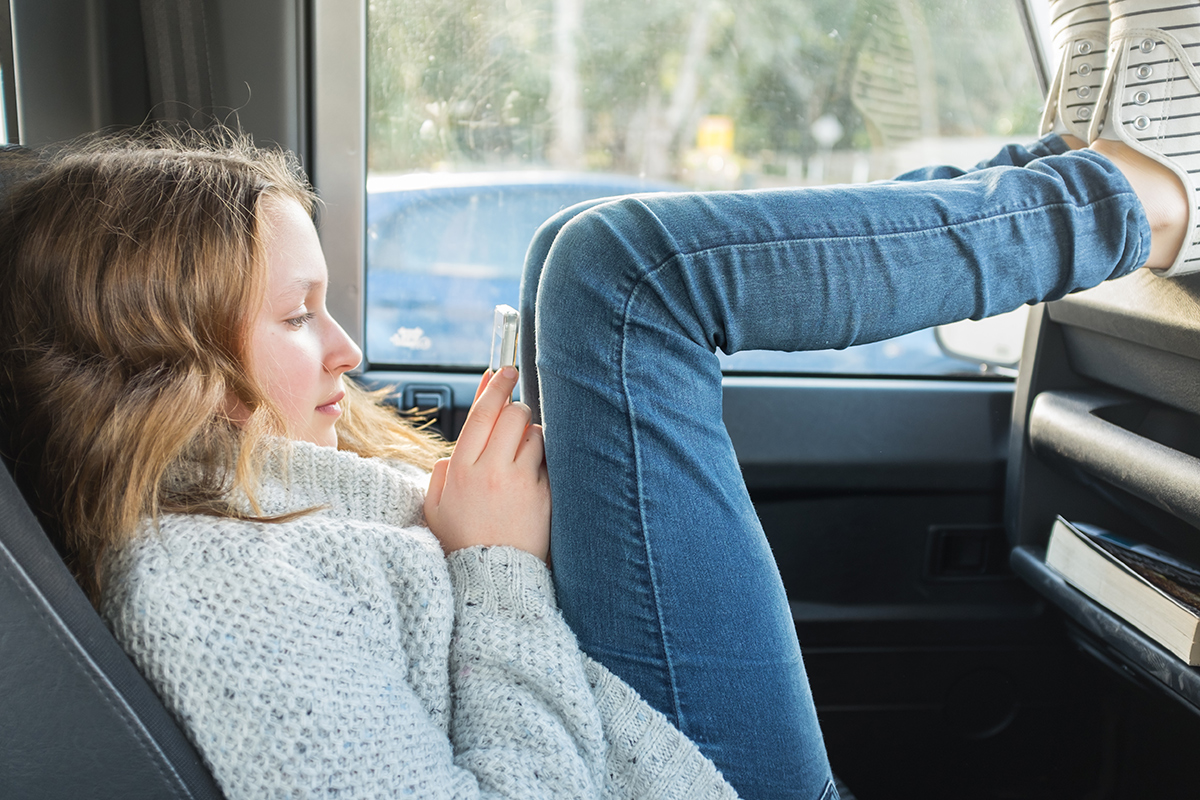Since the start of February, we are featuring eight Stocksy photographers who use Fujifilm X Series cameras to capture their images for commercial…
Australia
Introducing Stocksy Photographer Skye Torossian
Since the start of February, we are featuring eight Stocksy photographers who use Fujifilm X Series cameras to capture their images for commercial…
Introducing Stocksy Photographer Gillian Vann
Since the start of February, we are featuring eight Stocksy photographers who use Fujifilm X Series cameras to capture their images for commercial…
Introducing Stocksy Photographer Robert Lang
Since the start of February, we are featuring eight Stocksy photographers who use Fujifilm X Series cameras to capture their images for commercial…
How to Make Any Object Interesting Using Depth of Field
From great lighting to flashes, filters and other accessories, there are a myriad of ways to improve your photos. For anyone with a…
Introducing Stocksy Photographer Gary Radler
Since the start of February, we are featuring eight Stocksy photographers who use Fujifilm X Series cameras to capture their images for commercial…





